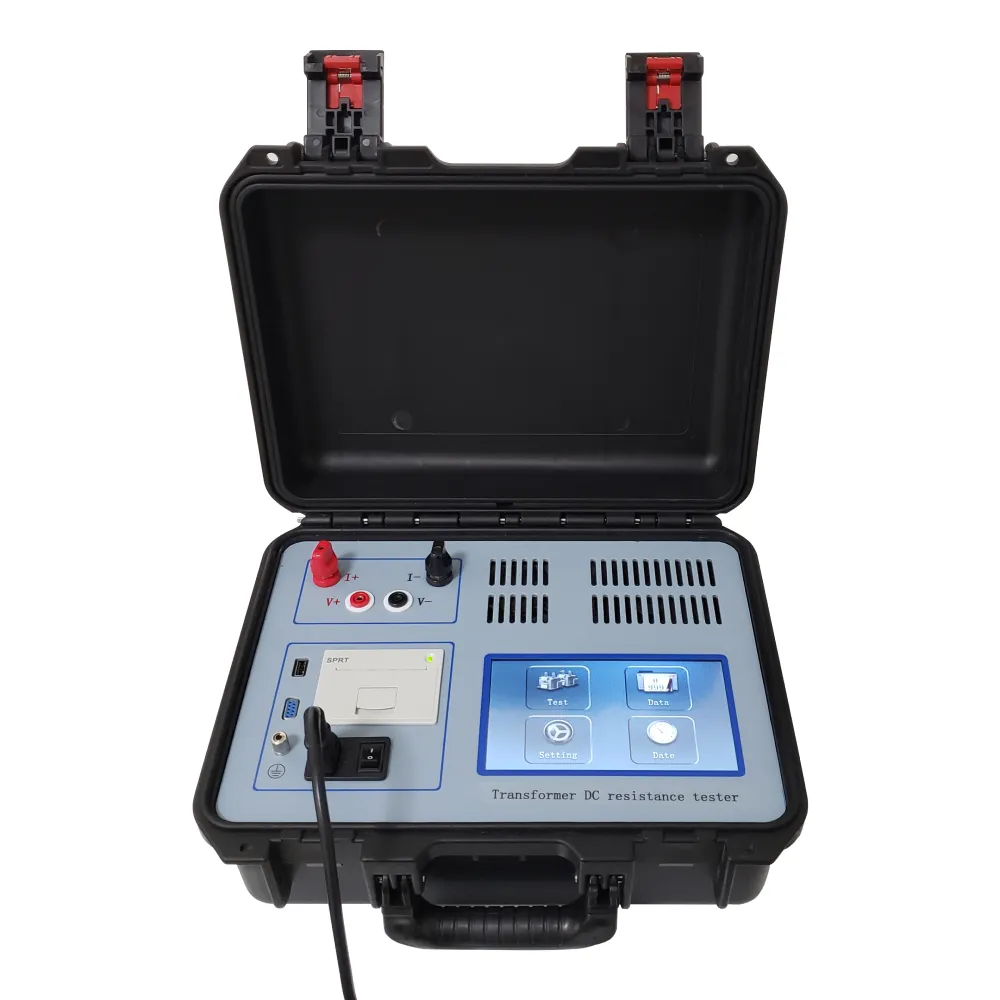 English
English



-
 Afrikaans
Afrikaans -
 Albanian
Albanian -
 Amharic
Amharic -
 Arabic
Arabic -
 Armenian
Armenian -
 Azerbaijani
Azerbaijani -
 Basque
Basque -
 Belarusian
Belarusian -
 Bengali
Bengali -
 Bosnian
Bosnian -
 Bulgarian
Bulgarian -
 Catalan
Catalan -
 Cebuano
Cebuano -
 China
China -
 China (Taiwan)
China (Taiwan) -
 Corsican
Corsican -
 Croatian
Croatian -
 Czech
Czech -
 Danish
Danish -
 Dutch
Dutch -
 English
English -
 Esperanto
Esperanto -
 Estonian
Estonian -
 Finnish
Finnish -
 French
French -
 Frisian
Frisian -
 Galician
Galician -
 Georgian
Georgian -
 German
German -
 Greek
Greek -
 Gujarati
Gujarati -
 Haitian Creole
Haitian Creole -
 hausa
hausa -
 hawaiian
hawaiian -
 Hebrew
Hebrew -
 Hindi
Hindi -
 Miao
Miao -
 Hungarian
Hungarian -
 Icelandic
Icelandic -
 igbo
igbo -
 Indonesian
Indonesian -
 irish
irish -
 Italian
Italian -
 Japanese
Japanese -
 Javanese
Javanese -
 Kannada
Kannada -
 kazakh
kazakh -
 Khmer
Khmer -
 Rwandese
Rwandese -
 Korean
Korean -
 Kurdish
Kurdish -
 Kyrgyz
Kyrgyz -
 Lao
Lao -
 Latin
Latin -
 Latvian
Latvian -
 Lithuanian
Lithuanian -
 Luxembourgish
Luxembourgish -
 Macedonian
Macedonian -
 Malgashi
Malgashi -
 Malay
Malay -
 Malayalam
Malayalam -
 Maltese
Maltese -
 Maori
Maori -
 Marathi
Marathi -
 Mongolian
Mongolian -
 Myanmar
Myanmar -
 Nepali
Nepali -
 Norwegian
Norwegian -
 Norwegian
Norwegian -
 Occitan
Occitan -
 Pashto
Pashto -
 Persian
Persian -
 Polish
Polish -
 Portuguese
Portuguese -
 Punjabi
Punjabi -
 Romanian
Romanian -
 Russian
Russian -
 Samoan
Samoan -
 Scottish Gaelic
Scottish Gaelic -
 Serbian
Serbian -
 Sesotho
Sesotho -
 Shona
Shona -
 Sindhi
Sindhi -
 Sinhala
Sinhala -
 Slovak
Slovak -
 Slovenian
Slovenian -
 Somali
Somali -
 Spanish
Spanish -
 Sundanese
Sundanese -
 Swahili
Swahili -
 Swedish
Swedish -
 Tagalog
Tagalog -
 Tajik
Tajik -
 Tamil
Tamil -
 Tatar
Tatar -
 Telugu
Telugu -
 Thai
Thai -
 Turkish
Turkish -
 Turkmen
Turkmen -
 Ukrainian
Ukrainian -
 Urdu
Urdu -
 Uighur
Uighur -
 Uzbek
Uzbek -
 Vietnamese
Vietnamese -
 Welsh
Welsh -
 Bantu
Bantu -
 Yiddish
Yiddish -
 Yoruba
Yoruba -
 Zulu
Zulu
Short Circuit Test Methodology for Evaluating Transformer Performance and Efficiency
Short Circuit Test of Transformer
Transformers are essential devices in electrical engineering, playing a crucial role in power distribution and transmission systems. To ensure their efficiency and reliability, various tests are conducted during their manufacturing and maintenance processes. Among these, the short circuit test stands out as one of the most critical assessments used to determine the performance characteristics of transformers. This article explores the short circuit test, its purpose, methodology, and significance in evaluating transformer performance.
Purpose of the Short Circuit Test
The primary purpose of the short circuit test is to determine the transformer's equivalent impedance, losses under short circuit conditions, and assess its overall performance and behavior when subjected to fault conditions. This test provides valuable insights into the transformer's thermal and electrical stability, allowing engineers to evaluate its ability to withstand short circuits without sustaining damage.
Additionally, the short circuit test helps in calculating the short circuit current, which is vital for designing protective systems. By understanding the transformer's response to short-circuit faults, engineers can design appropriate protective relays and circuit breakers to ensure operational safety.
Test Methodology
The short circuit test is typically performed on the low-voltage side of the transformer. The process begins with the following steps
1. Preparation Prior to the test, the transformer is disconnected from the supply, and connections are set up. It's crucial to ensure that all safety protocols are followed to protect personnel and equipment.
2. Short Circuiting The low-voltage side of the transformer is short-circuited using appropriate connections. This creates a path with negligible impedance for the current to pass through.
3. Voltage Application A predetermined voltage is applied to the high-voltage side while the low-voltage side is short-circuited. The applied voltage is kept sufficiently low to prevent damaging the transformer windings during the test.
short circuit test of transformer

4. Data Acquisition The current flowing through the low-voltage side and the applied voltage to the high-voltage side are measured using suitable instruments. These measurements allow for the calculation of the equivalent series impedance (Z) of the transformer and the power losses occurring during the test.
5. Calculations From the obtained measurements, engineers calculate the transformer’s short circuit impedance, which is critical for determining the short circuit current under fault conditions. Additionally, losses incurred during the test (copper losses) can be analyzed, providing insights into the transformer's efficiency.
Significance of the Short Circuit Test
Conducting a short circuit test is significant for several reasons
- Performance Validation The test helps validate the performance of the transformer under fault conditions, which is crucial for ensuring reliability in electrical systems.
- Design Safety Understanding the short-circuit behavior aids in designing safeties, such as protective devices and circuit breakers, essential for preventing equipment damage and ensuring system stability.
- Mitigating Risks By simulating fault conditions, engineers can assess potential risks and devise strategies to mitigate them, enhancing the overall safety of electrical installations.
- Quality Assurance The short circuit test is also a part of quality assurance protocols, ensuring that transformers meet specified performance standards before they are deployed in the field.
In conclusion, the short circuit test is an integral part of transformer assessment and maintenance. It offers valuable information about the transformer's operational characteristics, aids in performance validation, and contributes to designing safer electrical systems. By understanding and implementing this test effectively, electrical engineers can significantly enhance the reliability and safety of power distribution networks.
-
Testing Equipment Industry Sees Major Advancements in 2025: Smart & Precision Technologies Lead the WayNewsJun.06,2025
-
Applications of Direct Current Generators in Renewable Energy SystemsNewsJun.05,2025
-
Hipot Tester Calibration and Accuracy GuidelinesNewsJun.05,2025
-
Digital Circuit Breaker Analyzer Features and BenefitsNewsJun.05,2025
-
Benefits of Real-Time Power Quality Monitoring Devices for Industrial EfficiencyNewsJun.05,2025
-
Earth Fault Loop Testing in High-Rise Building Electrical SystemsNewsJun.05,2025



